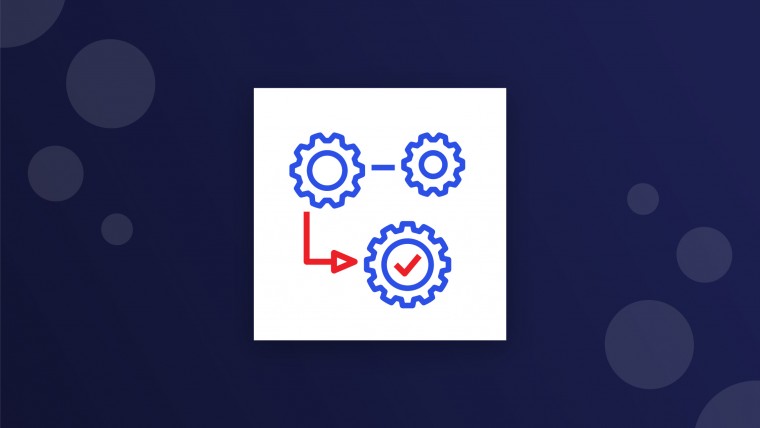Successful execution is what takes strategic plans and applies them in achieving organizational goals. It is the implementation process built on the day-to-day operations, systems, and structures that lead to success.
However, many businesses will fail to reach their strategic goals due to gaps in between planning and execution. Much of this is a result of some widely held beliefs concerning executing strategy that are wrong. Here we will seek to clarify how best an organization should go about implementing and executing a company’s strategy.
What are the components of strategy execution?
For a strategy to be properly executed, certain aspects have to be clearly defined. Ensuring that there is a good understanding of what is to be accomplished across the organization can help the team to better focus on achieving the desired goals. The components of strategy execution that should be emphasized include:
- Clarity of purpose
- Metrics in place to measure progress
- Well formulated and simple-to-understand strategy
- Widespread organizational support
- Buy-in from senior executives
- Success defined
- Consistent communication at all levels
4 Steps for successful strategy execution
1. Communicate a simple, tangible, and clear vision
The strategy for success majorly hinges on getting the message across to all the team members. They need to understand the strategic plan to adopt and commit to achieving its goals. The communication should however run both ways so that their input is included in crafting strategy. There should be ongoing discussion and feedback from the planning to the execution phase.
2. Stimulate desire for change by making an emotional connection with people
To ensure commitment to strategy, people must feel an emotional connection that will drive their interest, support, and traction. Good communication and incorporation of team members’ feedback in planning strategy are key. The more invested and respected they feel, the more connected and determined they will be to the change process. Developing a change agent network can help institute the desired new practices within the organization.
For a successful change management process, there needs to be a sufficient allocation of resources, including a budget, people, IT, and infrastructure assets. The skills required may not always be available in-house, thereby requiring organizations to look outward. Recruiting the right expertise can often be prohibitively costly, hence the preference for consultants who can be more affordably engaged to undertake specific projects. Consultants work for a designated period and will train up staff. At MicroAgility, businesses can gain access to experts with various skills and talents that are needed for executing a plan.
3. Translate strategy into action plans with key milestones & targets
To gauge the success of a strategy, you will need to measure the results. Through key performance indicators, an organization can determine the progress of action plans and how well the team is doing in meeting set targets. Tracking progress regularly will help ensure the team is keeping on track to successfully achieving organizational goals and vision.
4. Manage processes end to end focusing on customer requirements and use measurement tools to track performance
Performance management allows for business processes to be aligned with the organization’s goals from end to end. It is vital to ensure that all employees understand how fulfilling their roles as part of specific components in the strategic plan contributes to the overall success of execution and appraisal of their performance. There is a need to find simple ways to measure this performance and reward those that make good contributions. The measurement and evaluation process should be transparent, fair, and easy to understand.
Conclusion
Execution is tougher than the strategic planning process because it requires widespread employee participation and alignment. Their involvement right from the planning to execution phase must be well-facilitated even as teams and departments work in silos. This phase also lasts longer than the time taken to plan. Strategy execution is not a task but a complete transformation project.







